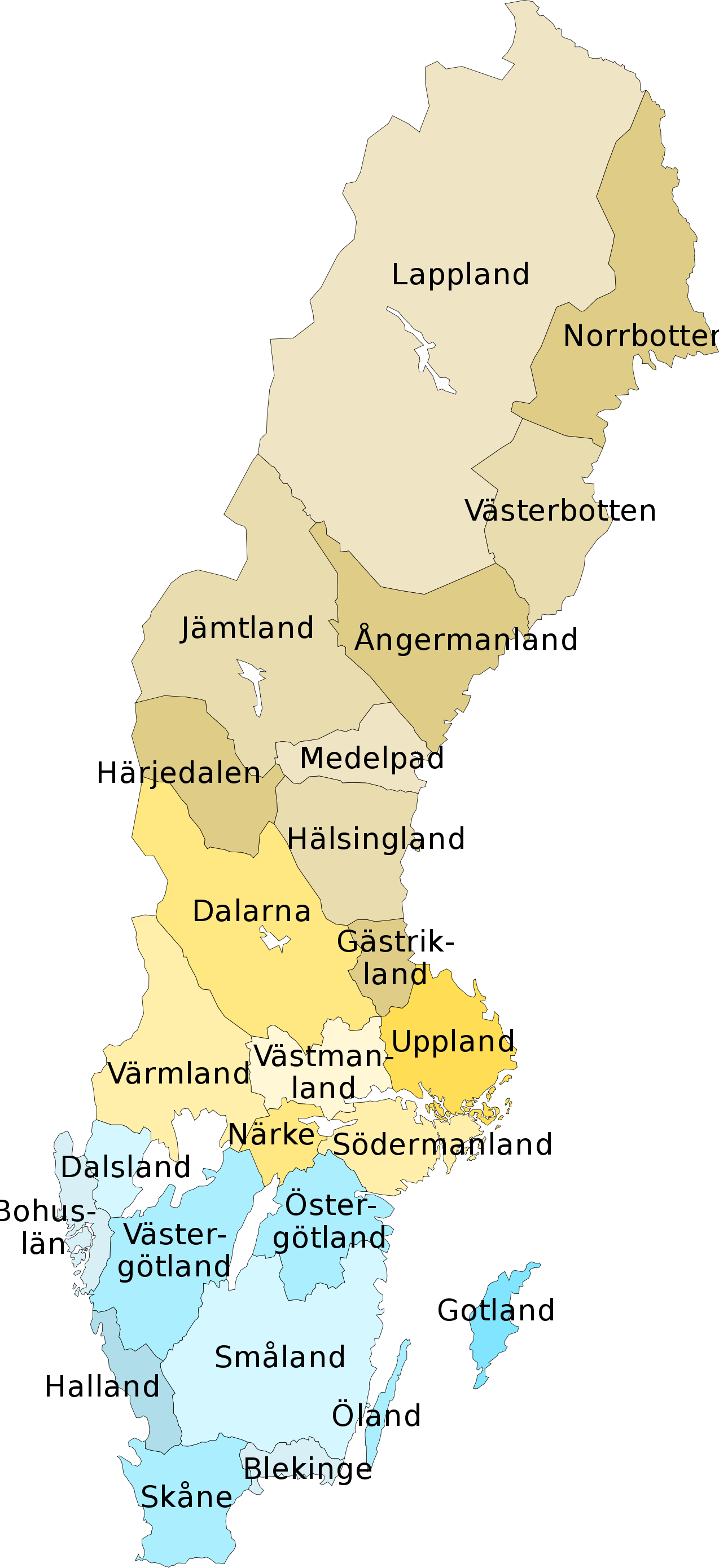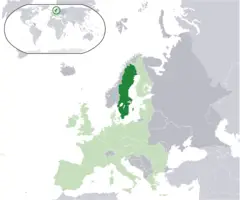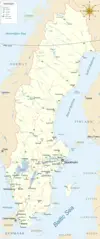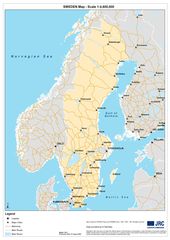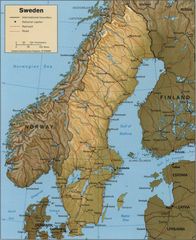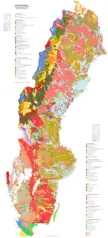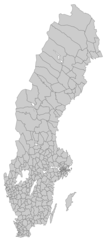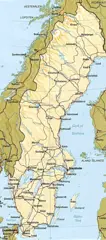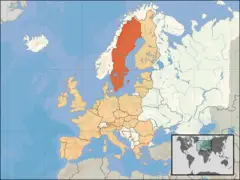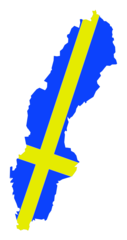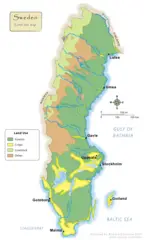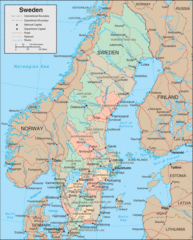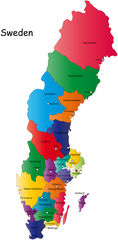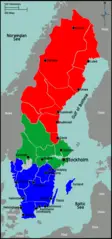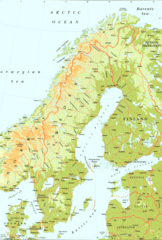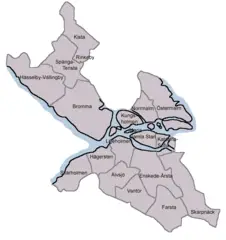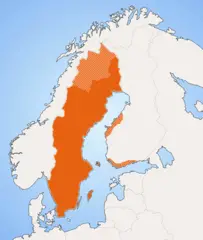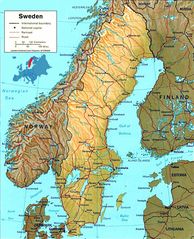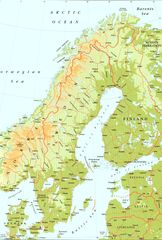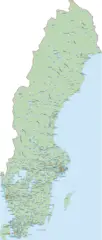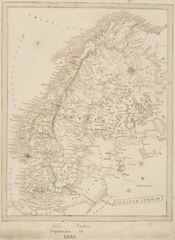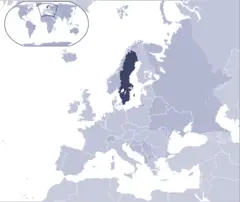Provinces of Sweden
Sweden is divided into 21 counties or provinces that serve as the country's primary administrative divisions. Getting familiar with Sweden's provinces provides insight into the country's regional organization.
Historical Provinces
Historically, Sweden was comprised of 25 landskap or traditional provinces based on geography and culture:
- Scania, Halland, Blekinge - Southern provinces forming a historical region.
- Bohuslän, Dalsland, Västergötland - Western coastal and interior provinces.
- Östergötland, Södermanland, Närke, Värmland - East central provinces.
- Dalarna, Hälsingland, Gästrikland, Härjedalen - North central forested and mountainous provinces.
- Jämtland, Ångermanland, Medelpad - Northern interior provinces extending into arctic region.
Modern Counties
Today, Sweden's local administration is organized into counties including:
- Stockholm, Uppsala, Södermanland, Östergötland, Jönköping - Eastern counties containing Sweden's largest cities.
- Blekinge, Skåne, Halland - Southern counties forming a cultural region.
- Värmland, Örebro, Västmanland, Dalarna - South central counties.
- Gävleborg, Västernorrland, Jämtland - Northern counties.
In summary, Sweden's provinces reflect both historical regional identities and modern administrative needs in governing this Scandinavian nation.
